Home>Furniture>Outdoor Furniture>How To Make A Patio Door Slide Easier


Outdoor Furniture
How To Make A Patio Door Slide Easier
Modified: September 1, 2024
Improve the functionality of your patio door with these easy tips. Make outdoor furniture maintenance a breeze with our expert tricks.
(Many of the links in this article redirect to a specific reviewed product. Your purchase of these products through affiliate links helps to generate commission for Storables.com, at no extra cost. Learn more)
Introduction
Welcome to our comprehensive guide on how to make a patio door slide easier. If you’re experiencing difficulty opening or closing your patio door, you’re not alone. Over time, dirt, debris, and wear and tear can make your door tracks sticky and hinder smooth operation. Fortunately, with a few simple maintenance steps, you can restore your patio door’s functionality and enjoy effortless gliding.
In this guide, we will walk you through the necessary preparations, lubrication techniques, roller adjustments, roller replacements, door panel cleaning, and frame inspections. By following these steps, you will be able to improve the sliding performance of your patio door and regain the convenience it once provided.
Before we dive into the details, it’s essential to note that every patio door is different, and these steps may not apply to all door models. It’s crucial to consult your door’s manufacturer instructions or contact a professional if you are uncertain about any aspect of the process.
Now, let’s begin by gathering the necessary tools and materials to make your patio door slide with ease once again.
Key Takeaways:
- Keep your patio door sliding smoothly by cleaning the tracks, lubricating with silicone spray, and adjusting or replacing worn-out rollers. Regular maintenance ensures effortless operation and prolongs the door’s lifespan.
- Regularly clean and inspect your patio door to maintain smooth sliding. Simple steps like lubricating tracks, adjusting rollers, and cleaning door panels can make a big difference in the door’s performance and longevity.
Preparations
Before you start working on your patio door, there are a few preparations you should make to ensure a smooth and efficient process. Here are the steps you need to follow:
- Gather the necessary tools: To make your patio door slide easier, you’ll need some basic tools, including a screwdriver, pliers, a lubricant (such as silicone spray or dry lubricant), and a vacuum cleaner or a brush.
- Clean the door tracks: Start by thoroughly cleaning the door tracks to remove any dirt, debris, or obstructions that may be hindering the movement of the door. Use a vacuum cleaner or a brush to remove loose particles, and then wipe the tracks with a damp cloth.
- Inspect the door rollers: Take a close look at the rollers located at the bottom of the door. Check if they are damaged, worn-out, or misaligned. If you notice any issues, you may need to replace or adjust the rollers to improve the sliding performance of the door.
- Check the frame: Examine the door frame for any signs of damage, such as cracks or warping. Damaged frames can affect the smooth operation of the door. If you identify any issues, consult a professional for repair or replacement.
By completing these preparations, you’ll be ready to tackle the specific steps required to make your patio door slide easier. Let’s move on to the next section, where we’ll discuss lubricating the tracks.
Lubricating the Tracks
One of the most common reasons for a patio door to slide poorly is inadequate lubrication of the tracks. Over time, dirt and grime can build up in the tracks, causing friction and making it difficult for the door to glide smoothly. Here’s how you can lubricate the tracks to improve the sliding performance:
- Start by thoroughly cleaning the tracks as mentioned in the preparations section. Use a vacuum cleaner or a brush to remove any loose debris or dirt.
- Once the tracks are clean, apply a lubricant specifically designed for doors and windows. Silicone spray or dry lubricant are popular choices. Apply the lubricant to the tracks, ensuring even coverage along the entire length.
- After applying the lubricant, slide the door back and forth a few times to distribute the lubricant evenly and allow it to penetrate into the track grooves.
- If necessary, use a clean cloth to wipe away any excess lubricant.
By lubricating the tracks regularly, you can minimize friction and create a smoother surface for your patio door to slide on. This simple step can significantly improve the ease of operation and prolong the lifespan of your door.
Now that you’ve lubricated the tracks, let’s move on to the next section where we’ll discuss adjusting the rollers.
Adjusting the Rollers
If your patio door is still not sliding smoothly after lubricating the tracks, the issue may lie with the rollers. Over time, rollers can become misaligned or worn out, causing the door to stick or drag. Here’s how you can adjust the rollers to improve the sliding performance:
- Locate the adjustment screws: Most patio doors have one or two adjustment screws on the bottom of the door panel, near the rollers. These screws control the height and position of the rollers.
- Using a screwdriver, turn the adjustment screws clockwise to raise the rollers or counterclockwise to lower them. Start with small adjustments (about a quarter turn at a time) and test the door’s movement after each adjustment.
- Continue adjusting the screws until the door glides smoothly and doesn’t stick or drag. Make sure to adjust both sides of the door evenly to maintain balance.
- If your door doesn’t have visible adjustment screws, it might require removing a cover or trim to access them. Consult your door’s manufacturer instructions or seek professional assistance if needed.
By properly adjusting the rollers, you can ensure that the weight of the door is evenly distributed, allowing it to slide effortlessly along the tracks. If adjusting the rollers doesn’t improve the sliding performance, it may be necessary to replace them, which we’ll discuss in the next section.
Now that you’re familiar with adjusting the rollers, let’s move on to the process of replacing worn-out rollers if needed.
Clean the tracks and rollers of the patio door regularly to remove dirt and debris. Then, apply a silicone-based lubricant to the tracks and rollers to help the door slide easier.
Replacing Worn-Out Rollers
If adjusting the rollers does not improve the sliding performance of your patio door, it may be a sign that the rollers are worn out and need to be replaced. Here’s how you can replace the worn-out rollers:
- Start by removing the door panel: Depending on the type of patio door you have, you may need to lift the door panel out of the track or unscrew it from the frame. Refer to the manufacturer instructions for the specific steps.
- Once the door panel is removed, examine the rollers for any signs of wear or damage. If they appear worn or broken, you’ll need to replace them.
- Identify the type of rollers your door requires: There are various types of rollers, such as tandem rollers, single-wheel rollers, or adjustable rollers. Take note of the roller’s dimensions and style to ensure you purchase the correct replacement.
- Remove the old rollers: Use a screwdriver or pliers to remove any screws, clips, or retaining pins that hold the rollers in place. Gently lift or slide out the old rollers from their housing.
- Install the new rollers: Place the new rollers into the housing, ensuring they align properly. Secure them with screws, clips, or retaining pins according to the manufacturer’s instructions.
- Reinstall the door panel: Carefully place the door panel back into the track or reattach it to the frame. Test the door’s sliding performance to ensure the new rollers are functioning correctly.
By replacing worn-out rollers, you can restore the smooth sliding motion of your patio door. If you’re not comfortable with DIY roller replacement, it’s recommended to seek professional assistance to ensure the job is done properly.
Now that you know how to replace worn-out rollers, let’s move on to the next section, where we’ll discuss cleaning the door panels.
Cleaning the Door Panels
Dirty and grimy door panels can contribute to a patio door’s poor sliding performance. Over time, dust, fingerprints, and other debris can accumulate on the surface, making it difficult for the door to glide smoothly. Here’s how you can clean the door panels to improve their sliding ability:
- Prepare a cleaning solution: Mix mild dish soap with warm water in a bucket or spray bottle. Avoid using harsh cleaning chemicals or abrasive materials that could damage the door panels.
- Dampen a soft cloth or sponge with the cleaning solution. Gently wipe down the entire surface of the door panels, removing any dirt or grime. Pay close attention to the edges and corners of the panels.
- If there are stubborn stains or sticky residue, you can use a non-abrasive cleaner specifically designed for the material of your door panels. Follow the manufacturer’s instructions for application and rinse thoroughly afterwards.
- Once you’ve cleaned the door panels, use a clean, dry cloth to remove any excess moisture. This helps prevent water from seeping into the frame or causing damage to the door.
Regularly cleaning the door panels not only improves the sliding performance but also enhances the overall appearance of your patio door. It’s recommended to incorporate door panel cleaning into your routine maintenance to keep your door looking and functioning its best.
Now that you’ve cleaned the door panels, let’s move on to the next section, where we’ll discuss checking and repairing the frame.
Checking and Repairing the Frame
The frame of your patio door plays a crucial role in its overall functionality and sliding performance. Any damage or misalignment in the frame can affect the smooth operation of the door. Here’s how you can check and repair the frame:
- Inspect the frame for any visible damage, such as cracks, warping, or rotting. Pay close attention to the areas surrounding the track and where the door panel sits.
- If you identify any damage, consult a professional to assess the severity and recommend the appropriate repair solution. In some cases, minor issues can be fixed through simple repairs, while more extensive damage may require frame replacement.
- If there are any gaps or misalignment between the frame and the door panel, you may need to adjust the frame. This can usually be done by loosening the screws that hold the frame in place and shifting it slightly to align properly with the door panel.
- Ensure that the frame is securely fastened to the surrounding structure. Tighten any loose screws or bolts to provide stability and prevent any unnecessary movement.
By regularly checking and repairing the frame, you can maintain the structural integrity of your patio door and ensure smooth sliding performance. If you’re unsure about any frame repairs or replacements, it’s recommended to seek professional assistance to avoid causing further damage.
Now that you’ve learned how to check and repair the frame, it’s time to conclude our guide on making a patio door slide easier.
Conclusion
Congratulations! You have successfully learned how to make a patio door slide easier. By following the steps outlined in this guide, you can restore the smooth sliding motion and functionality of your patio door, enhancing your overall outdoor experience.
We started by preparing the necessary tools and materials and cleaning the door tracks to remove any dirt or debris. Then, we moved on to lubricating the tracks using a suitable lubricant that reduces friction and promotes smooth sliding.
If lubrication alone didn’t solve the issue, we explored adjusting the rollers to ensure proper alignment and weight distribution. In cases where the rollers were worn out, we discussed the process of replacing them with new ones.
Furthermore, we emphasized the importance of cleaning the door panels regularly to remove dirt and stains that can hinder smooth sliding. Finally, we highlighted the significance of checking and repairing the frame for any damage or misalignment that may affect the door’s operation.
Remember, the specific steps and techniques mentioned in this guide may vary depending on the type and model of your patio door. Always consult your door’s manufacturer instructions or seek professional assistance if you encounter any uncertainties or difficulties.
By investing a little time and effort into maintaining your patio door, you can enjoy effortless sliding, improved energy efficiency, and a more aesthetically pleasing outdoor space. Now go ahead and put your newfound knowledge into practice to make your patio door slide easier!
Thank you for reading, and we hope this guide has been helpful in your quest to improve your patio door’s sliding performance.
Frequently Asked Questions about How To Make A Patio Door Slide Easier
Was this page helpful?
At Storables.com, we guarantee accurate and reliable information. Our content, validated by Expert Board Contributors, is crafted following stringent Editorial Policies. We're committed to providing you with well-researched, expert-backed insights for all your informational needs.
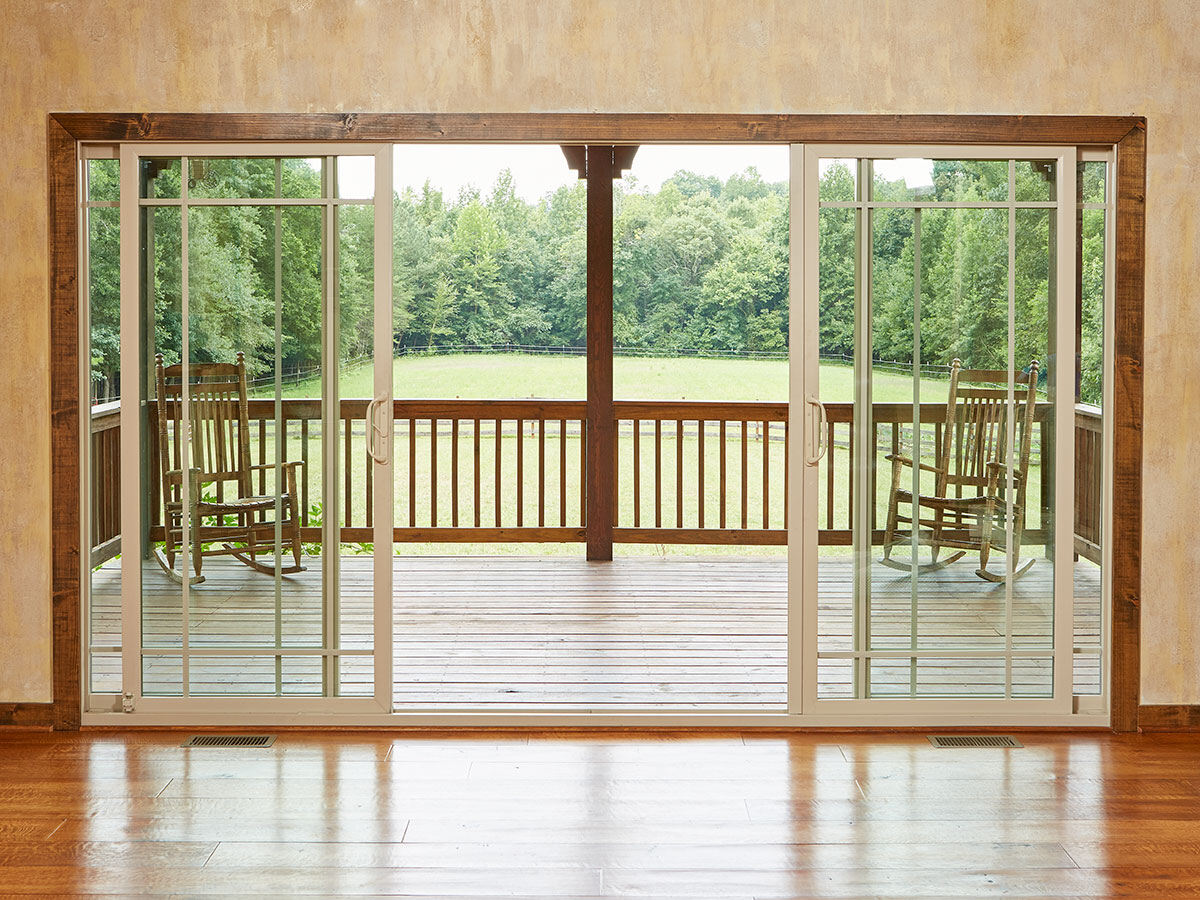
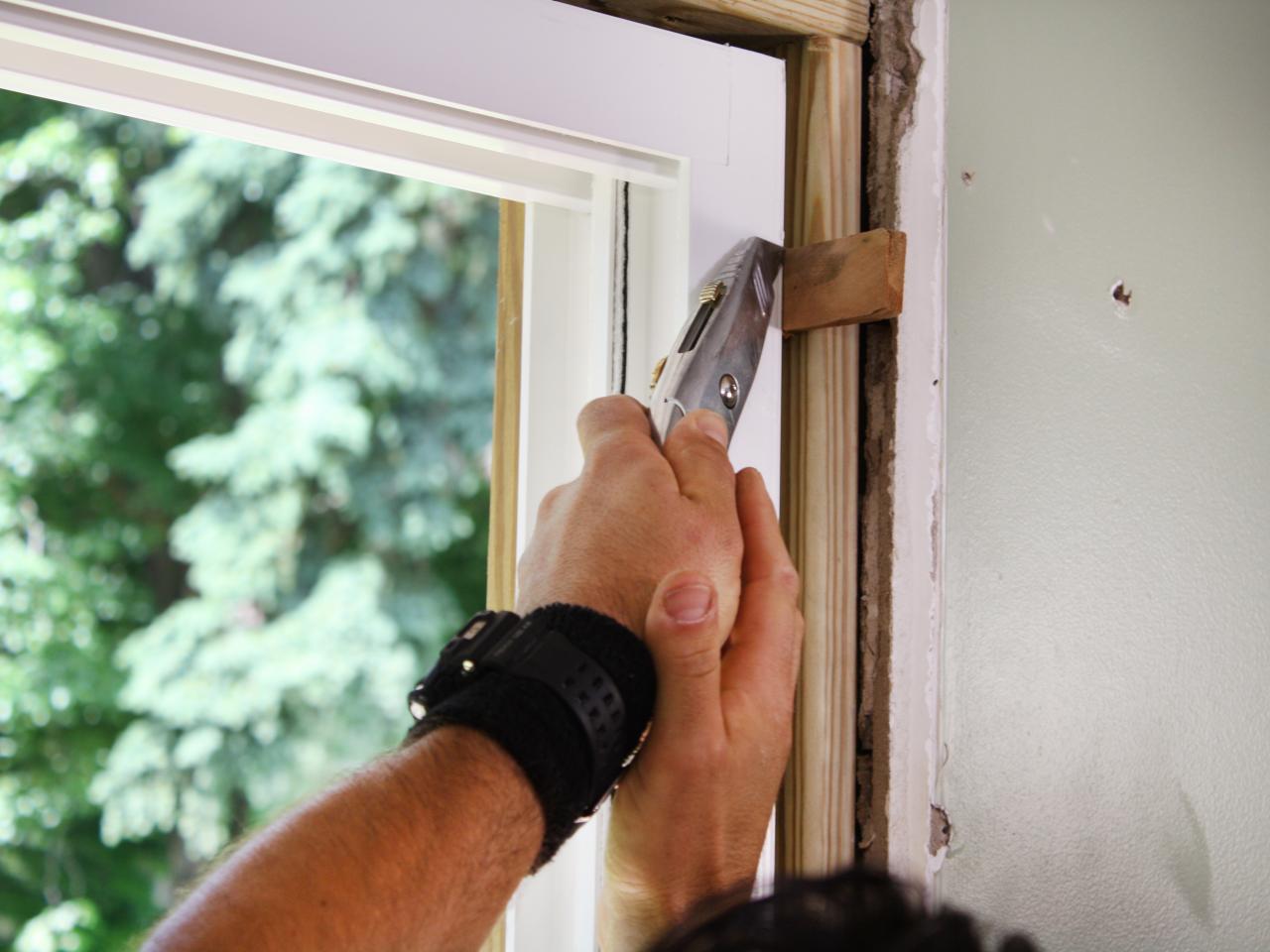
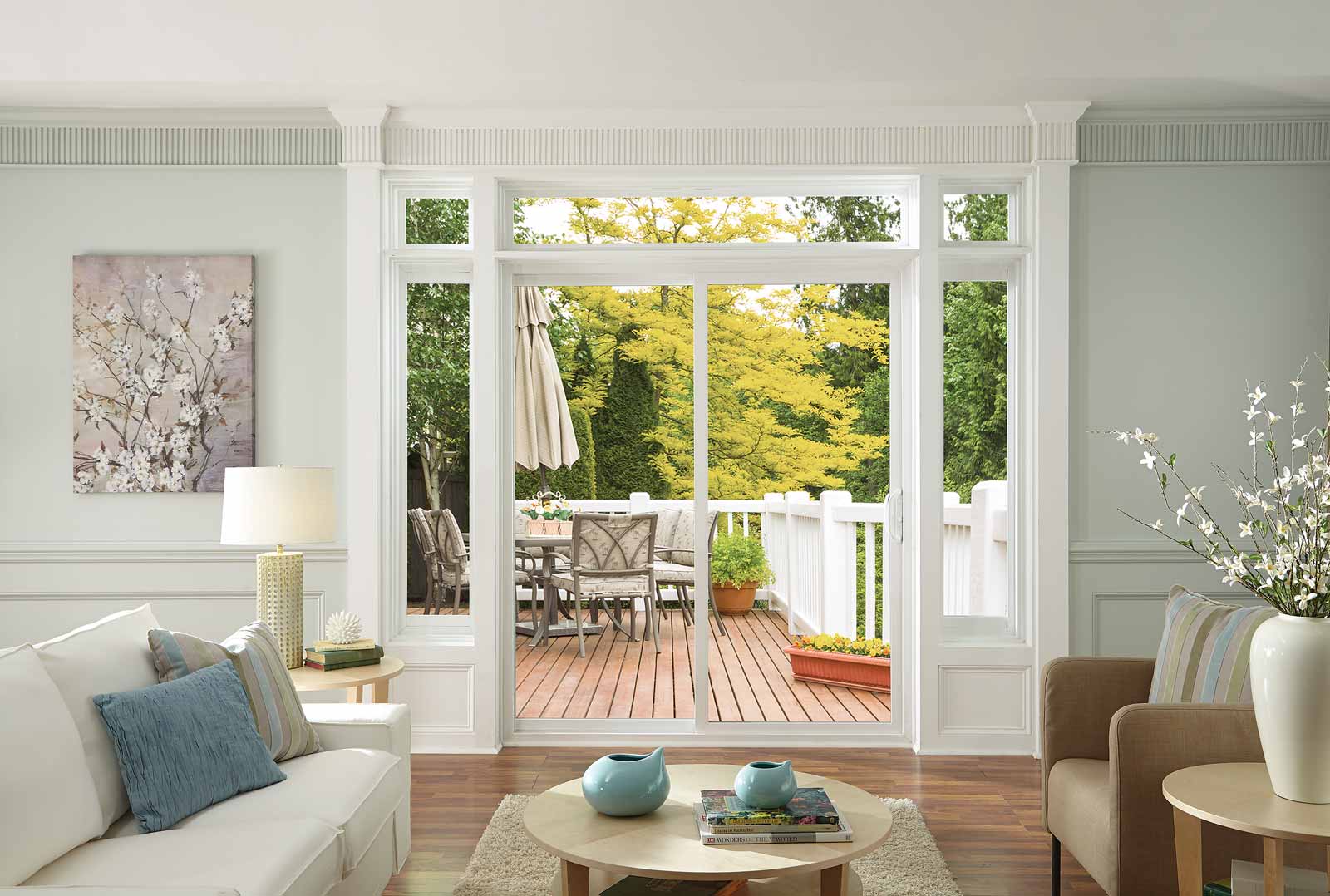
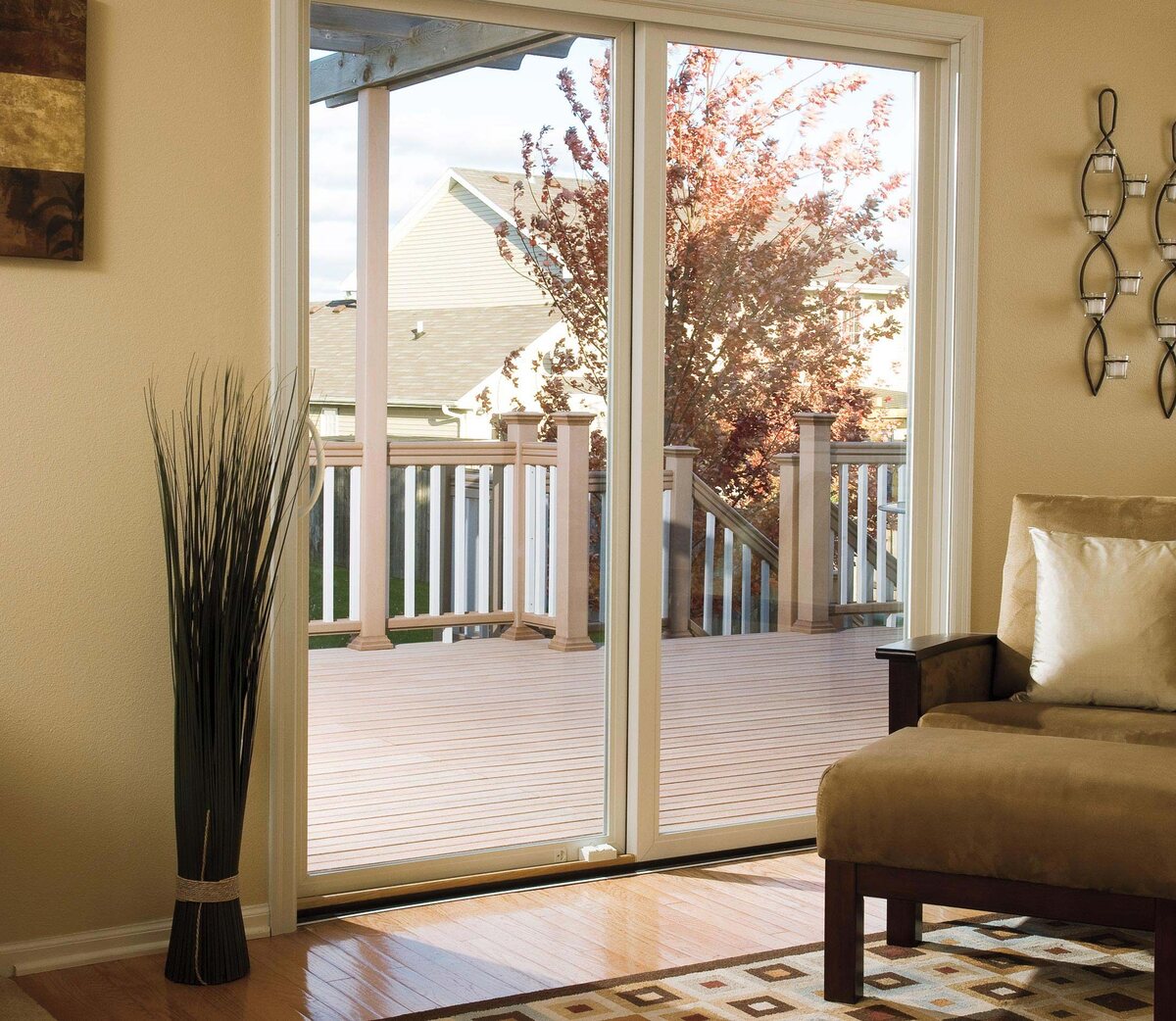
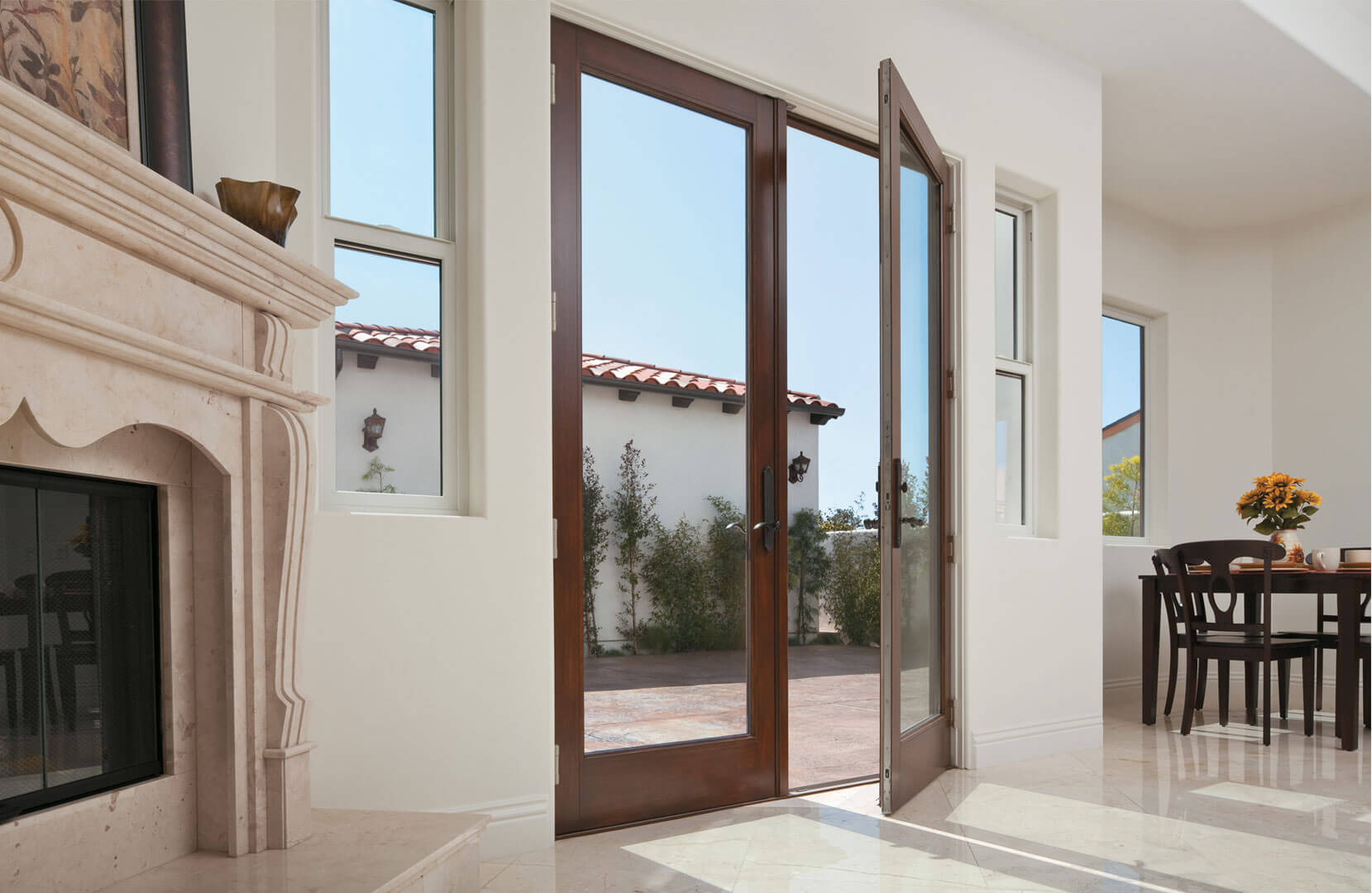

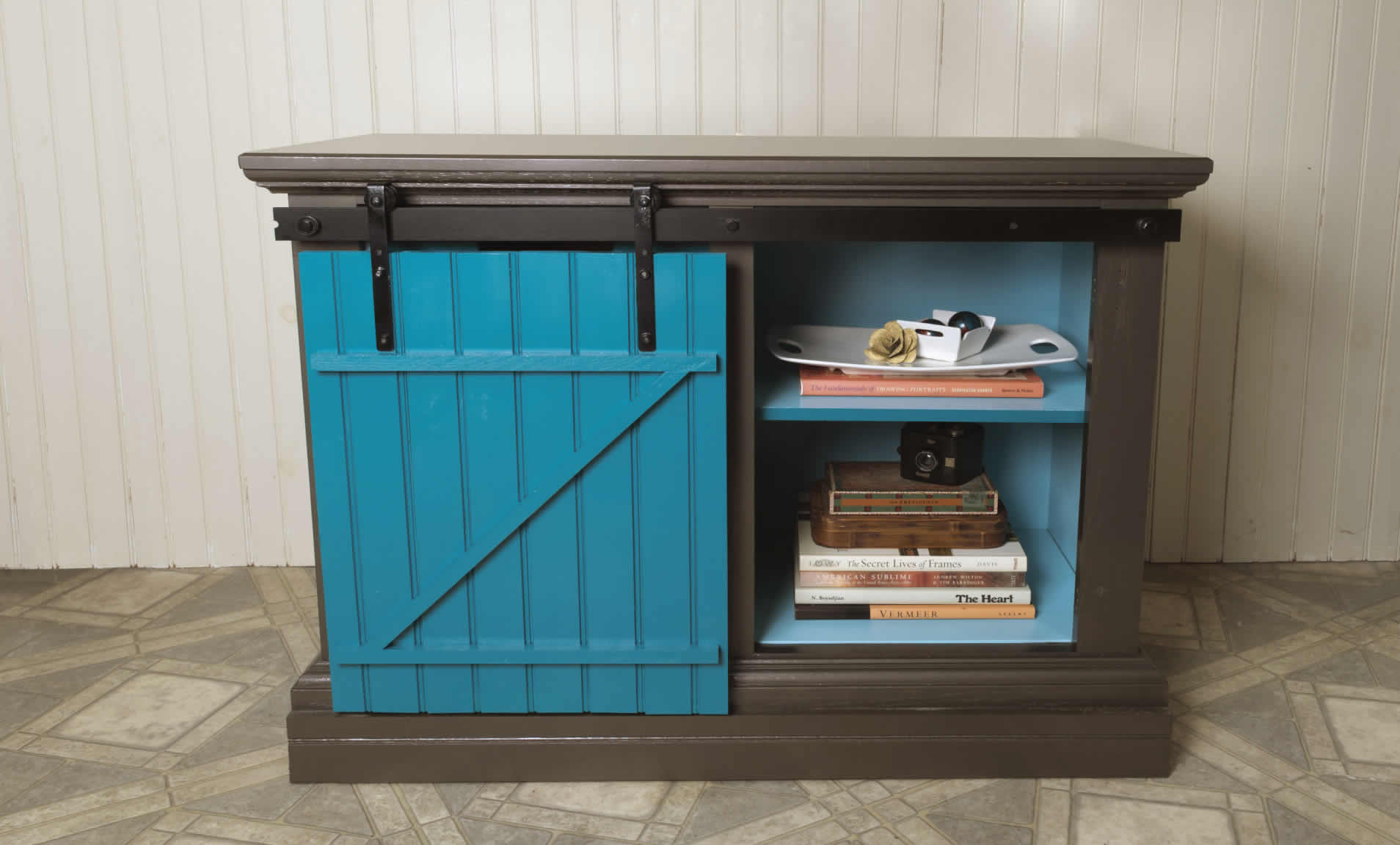
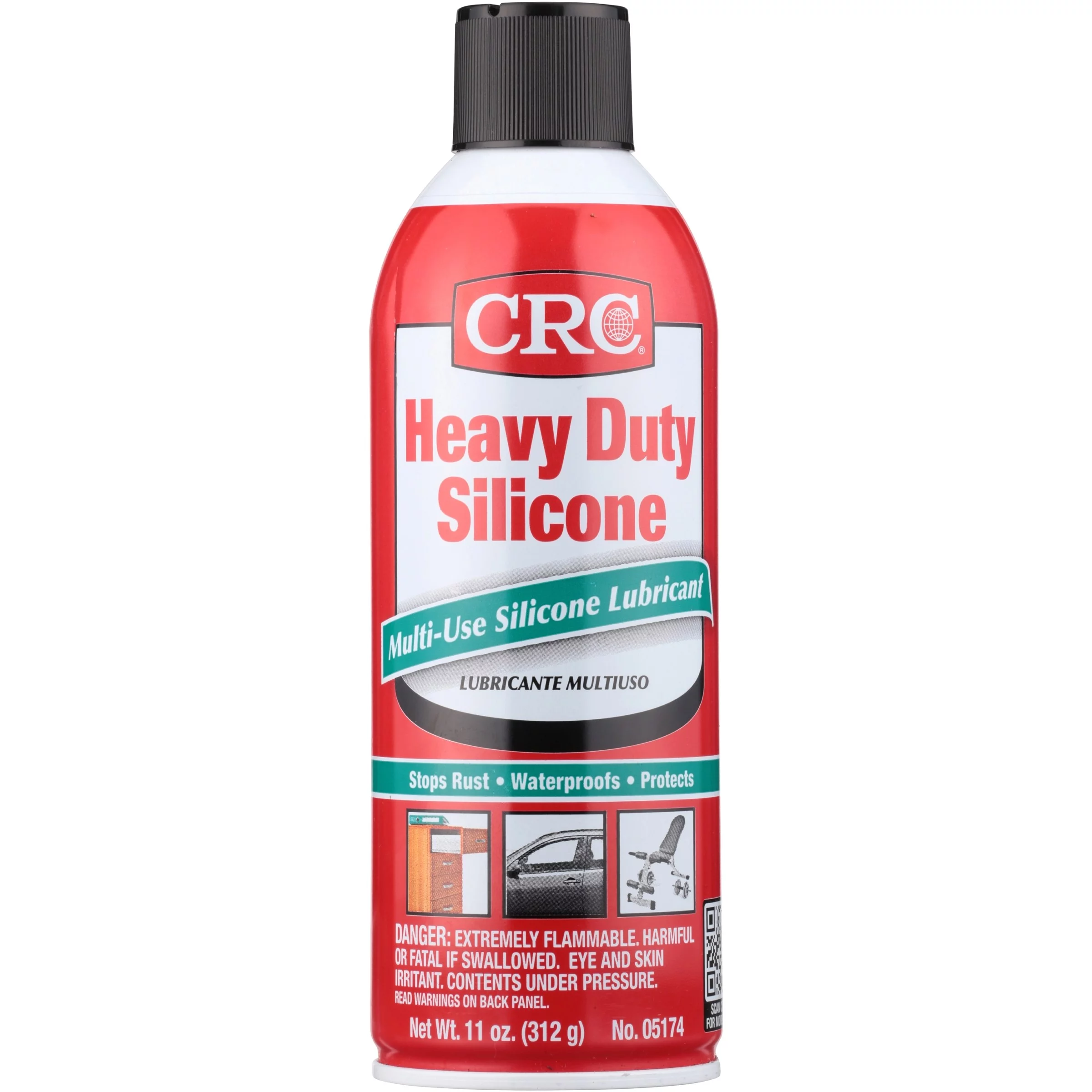
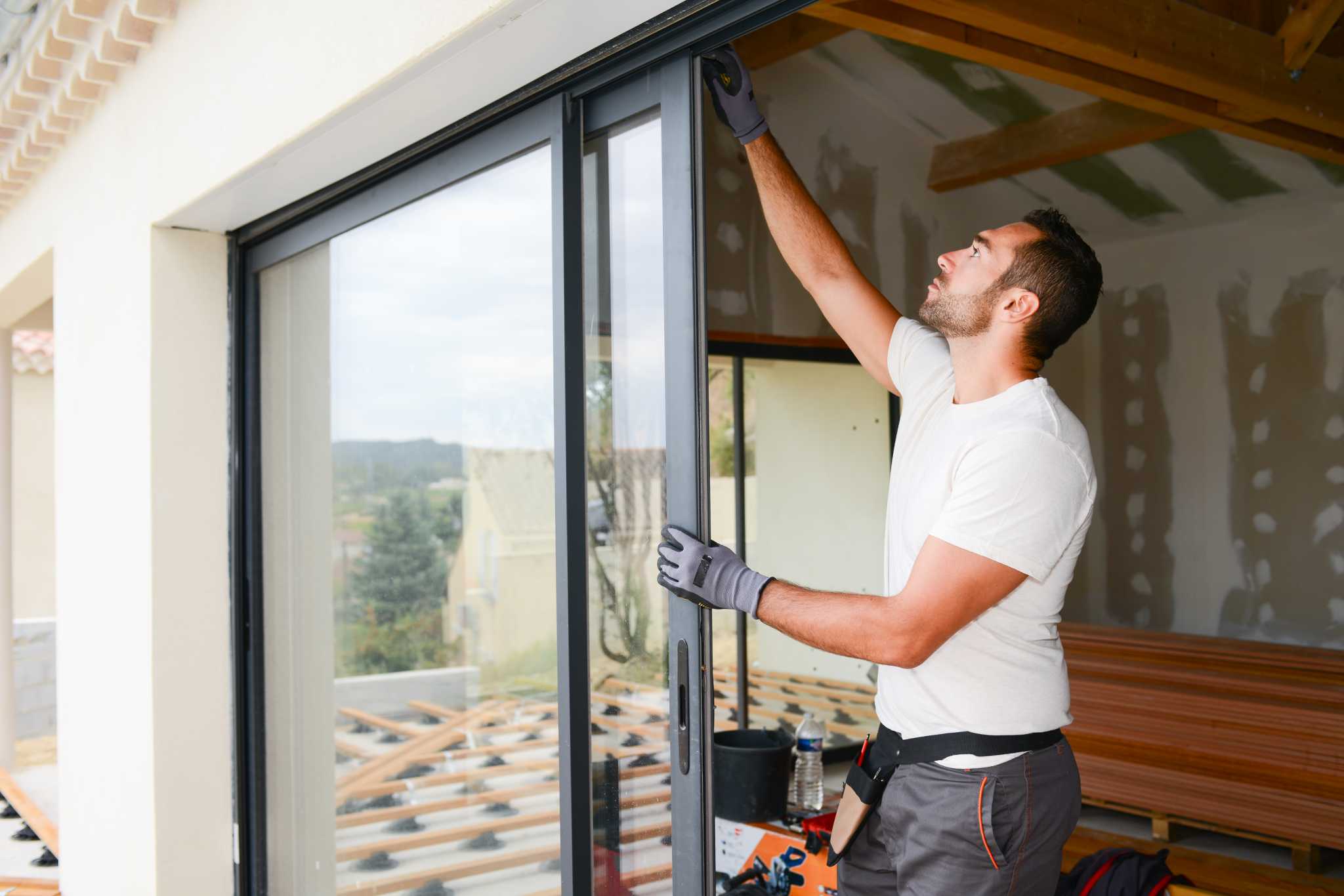
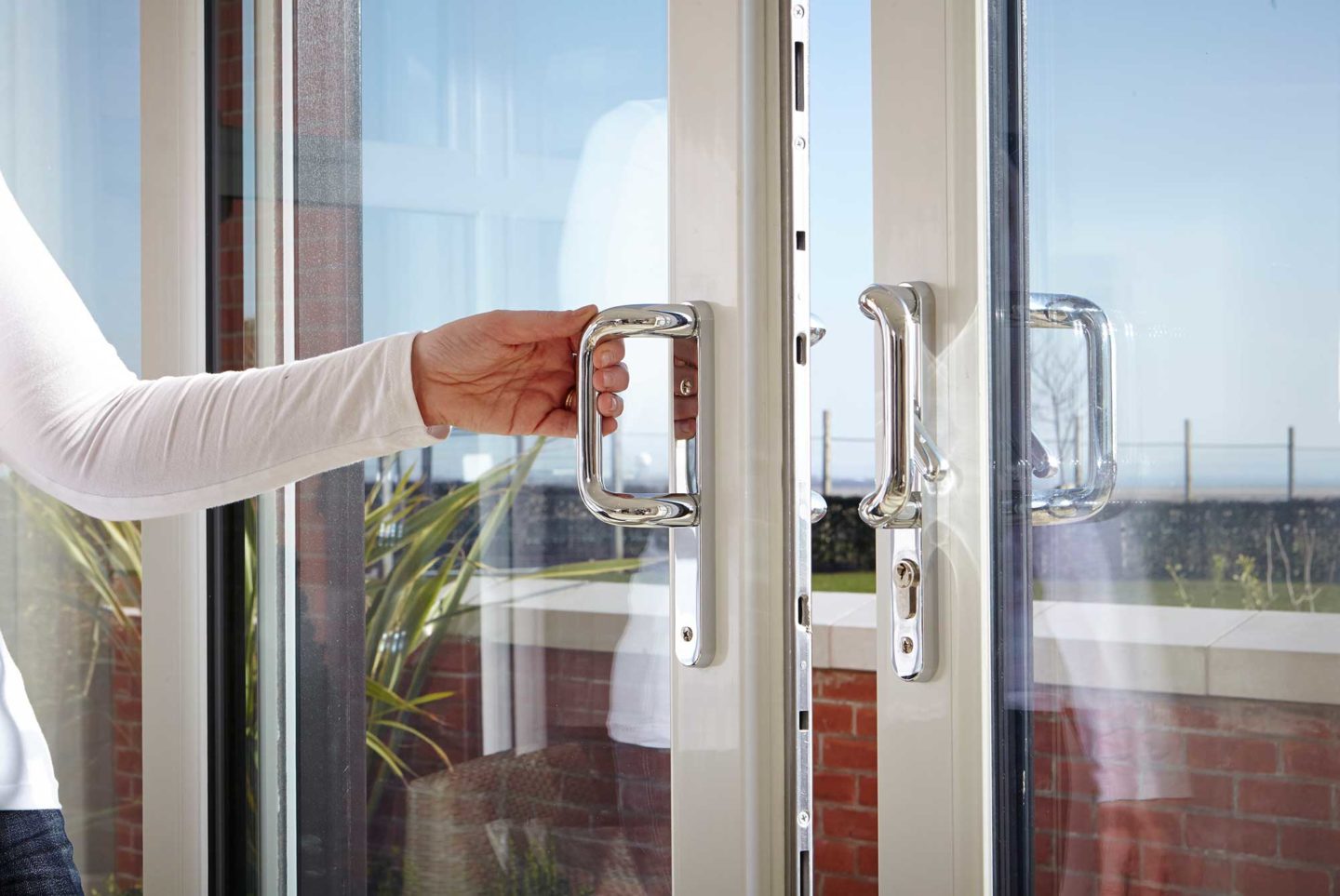


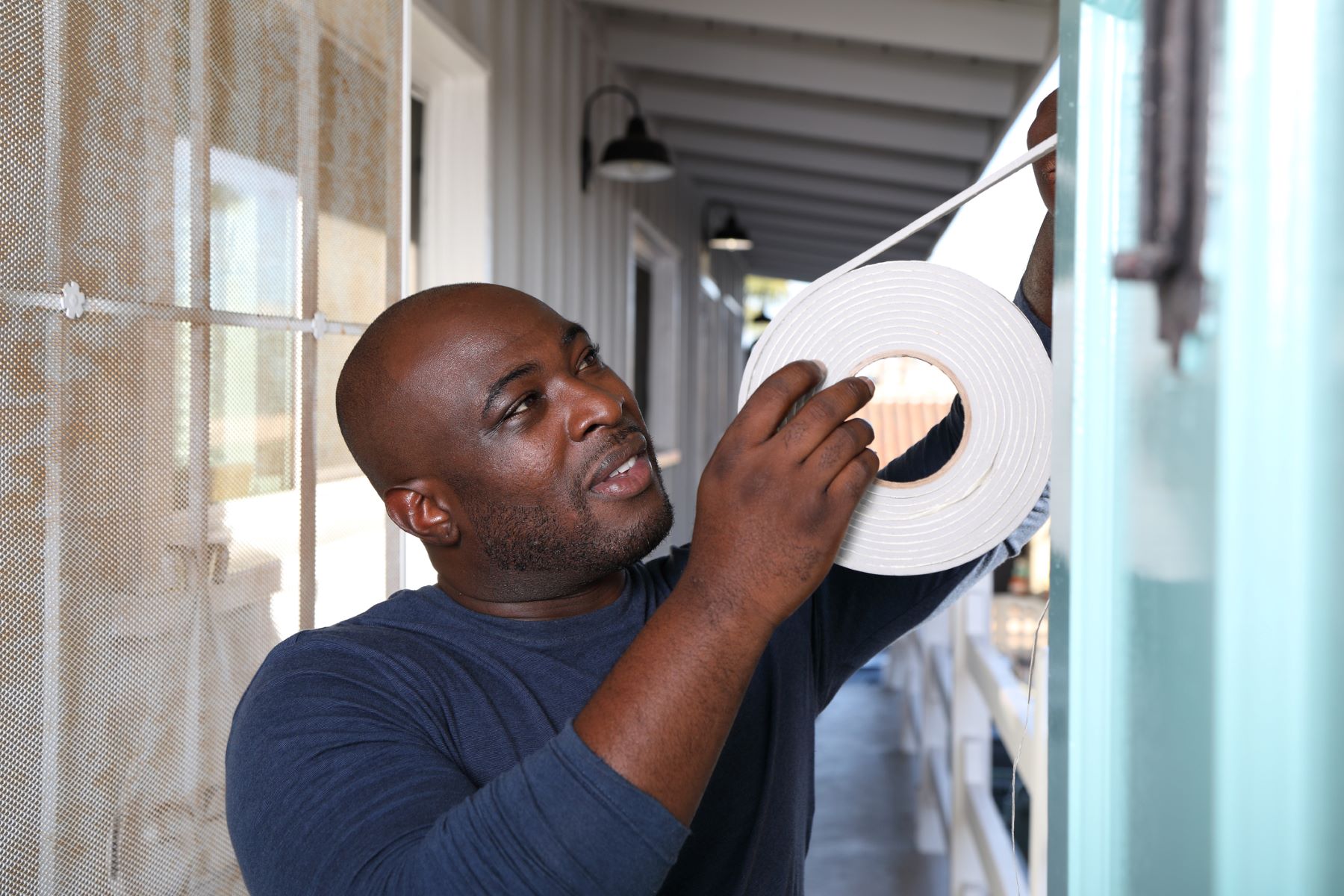

0 thoughts on “How To Make A Patio Door Slide Easier”